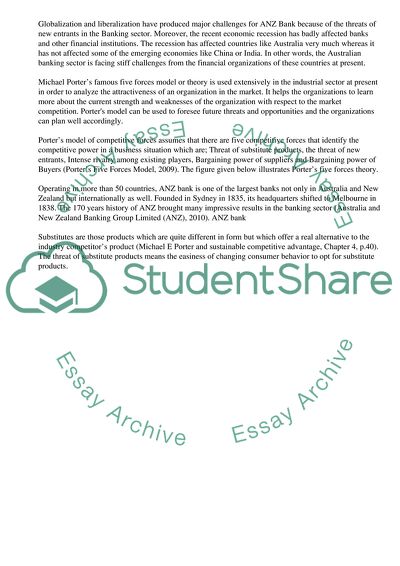Cite this document
(“ANZ Bank Based on Porters Five Force Model Case Study”, n.d.)
ANZ Bank Based on Porters Five Force Model Case Study. Retrieved from https://studentshare.org/business/1739632-porters-five-forces-theory
ANZ Bank Based on Porters Five Force Model Case Study. Retrieved from https://studentshare.org/business/1739632-porters-five-forces-theory
(ANZ Bank Based on Porters Five Force Model Case Study)
ANZ Bank Based on Porters Five Force Model Case Study. https://studentshare.org/business/1739632-porters-five-forces-theory.
ANZ Bank Based on Porters Five Force Model Case Study. https://studentshare.org/business/1739632-porters-five-forces-theory.
“ANZ Bank Based on Porters Five Force Model Case Study”, n.d. https://studentshare.org/business/1739632-porters-five-forces-theory.


